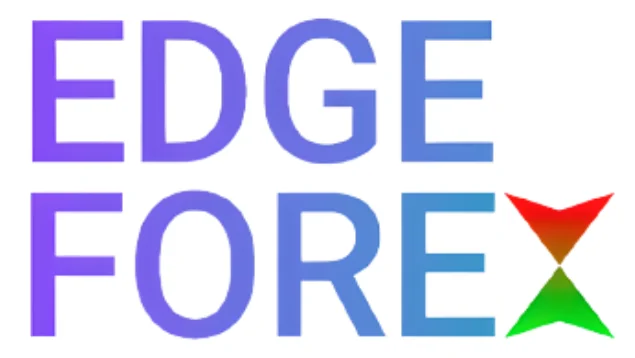Introduction
Moving average signals are a popular technical analysis tool used in forex trading to identify trends and potential entry and exit points. By analyzing historical price data, moving averages help traders smooth out price fluctuations and provide insights into the overall direction of a currency pair. In this article, we will explore what moving average signals are and how they can be used effectively in forex trading.
1. Understanding Moving Averages
1.1 Definition and Calculation
Moving averages are mathematical calculations that represent the average price of a currency pair over a specific period. They are called “moving” averages because they continuously update as new price data becomes available, reflecting the latest market conditions. The most common types of moving averages are the simple moving average (SMA) and the exponential moving average (EMA).
1.2 Types of Moving Averages
The simple moving average (SMA) calculates the average price over a specified number of periods equally. It assigns equal weight to each data point in the calculation, making it a straightforward and commonly used moving average indicator.
The exponential moving average (EMA) gives more weight to recent price data, making it more responsive to changes in market conditions. Traders often prefer the EMA for its ability to capture short-term trends quickly.
2. How Moving Averages Generate Signals
2.1 Moving Average Crossovers
One common way to generate signals using moving averages is through crossover patterns. A bullish crossover occurs when a shorter-term moving average, such as the 50-day EMA, crosses above a longer-term moving average, like the 200-day EMA. This crossover suggests a potential uptrend, signaling a buy opportunity. Conversely, a bearish crossover, where the shorter-term moving average crosses below the longer-term moving average, indicates a potential downtrend, signaling a sell opportunity.
2.2 Support and Resistance Levels
Moving averages can also act as support and resistance levels. When the price of a currency pair approaches a moving average, it may find support or resistance at that level. Traders often look for bounces off moving averages as potential entry or exit points, depending on the direction of the trend.
3. Using Moving Average Signals Effectively
3.1 Confirming Trends
Moving averages can help confirm the presence of a trend. By comparing the current price to a moving average, traders can determine if the market is in an uptrend or a downtrend. If the price consistently stays above a moving average, it suggests an uptrend, while prices consistently below a moving average indicate a downtrend.
3.2 Identifying Reversal Points
Moving averages can also help identify potential reversal points in the market. When a currency pair’s price moves away from a moving average and then comes back to test it, it may indicate a reversal in the trend. Traders often watch for these pullbacks to capture potential profit opportunities.
Conclusion
Moving average signals are valuable tools for forex traders to identify trends and potential entry and exit points. By understanding how moving averages are calculated, the different types of moving averages, and how to interpret their signals, traders can make more informed trading decisions. However, it’s important to remember that moving averages should not be used in isolation and should be combined with other technical indicators and fundamental analysis for a comprehensive trading strategy. With proper knowledge and practice, moving average signals can enhance your forex trading abilities and increase your chances of success.

